Newborn infant hearing care
Once reserved for high risk register (HRR) babies, universal screening programs have been implemented across the U.S. in hospitals and birthing clinics for all newborns. Identifying potential hearing loss at birth is extremely important in determining next steps for treatment, since newborns rely heavily on hearing to develop proper learning and language skills.
The cause for congenital hearing loss in infants is sometimes due to genetics. But in over 50% of all cases of infant hearing loss, a cause is never identified. Fortunately, hearing loss at birth can usually be treated or even reversed before its effects damper learning. Most infants treated before 6 months of age attain a normal level of learning and language proficiency alongside their hearing peers.
The importance of an infant hearing test
Prior to universal screening, children with hearing loss were not usually identified until 2–4 years of age, by which point linguistic learning may have already been delayed. Many misconceptions about infant hearing loss persist, including:
Misconception:
Parents can identify hearing loss by clapping behind a child’s head.
Clinical Fact:
Children can compensate for a hearing loss using visual cues or air pressure.
Misconception:
Hearing loss in infants is rare.
Clinical Fact:
Hearing loss affects 2–4 infants out of 1,000, or 1%–2% of all newborns.
Misconception:
Children less than 1 year old cannot use hearing aids.
Clinical Fact:
Children as young as 1 month of age can be safely fitted with hearing aids.
Common types of infant screening tests
Infants that fall into the HRR category are usually premature, have high bilirubin levels (are yellowish at birth), have abnormal head shapes, or suffer from congenital infections. But HRR babies account for less than half of all infants with hearing loss, which is why otoacoustic emissions tests (OAEs) and auditory brainstem response tests (ABRs) were developed to screen newborns.
OAEs utilize a mini-earphone/microphone that plays sounds into the ear. Babies that hear normally will bounce back the sound in the ear canal, while babies that have hearing loss will not register an echo on the microphone.
ABRs go straight to the source of sound detection by wiring band-aid electrodes to a baby’s head in order to detect responses to sound played from a microphone. This test assesses the function of the auditory nerve and can be used to narrow down the cause of a hearing loss.
Both tests are non-invasive, safe, and comfortable for newborns. Usually, a newborn is first screened with an OAE. Newborns that do not pass the OAE are secondarily screened with an ABR to determine the severity of hearing loss, and to determine next steps.

